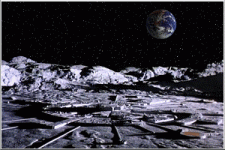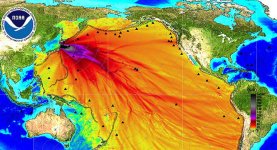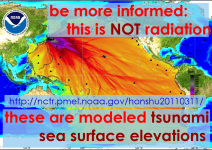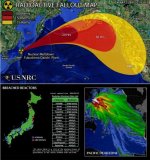LockH
1 PW
High radiation levels at Fukushima reactor is bad, bad news
("The fatal levels will keep officials from stabilizing the area as we approach the 6th anniversary of the nuclear plant's disaster."):
https://www.cnet.com/news/deathly-h...at-fukushima-nuclear-reactor-is-bad-bad-news/

("The fatal levels will keep officials from stabilizing the area as we approach the 6th anniversary of the nuclear plant's disaster."):
https://www.cnet.com/news/deathly-h...at-fukushima-nuclear-reactor-is-bad-bad-news/
A containment vessel at the destroyed Fukushima No. 1 power plant has reached off-the-chart radiation levels, reported the Japan Times.
The reading of 530 sieverts per hour represents the highest level of radiation the reactor site has seen since three nuclear meltdowns hit the power plant in March 2011 almost six years ago -- and also among the most deadly.












